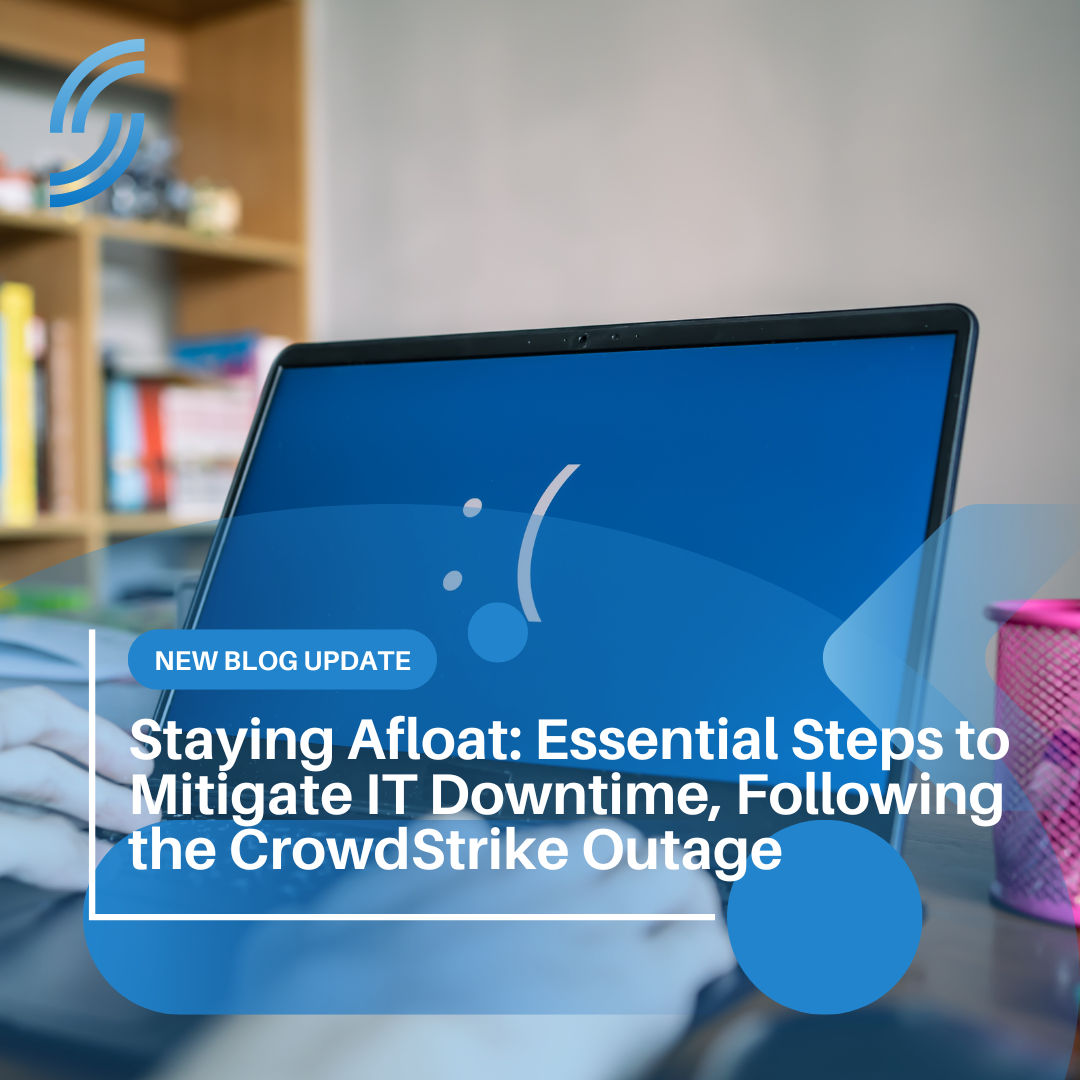In today’s digital age, IT downtime is more than just an inconvenience—it’s a critical risk that can cost businesses millions. The recent CrowdStrike outage is a stark reminder of how vital it is for companies to have robust risk mitigation strategies in place.
Understanding the Impact of IT Downtime
IT downtime, whether due to cyberattacks, hardware failures, or software glitches, can lead to significant financial losses, reputational damage, and operational disruptions. The impact is often multi-faceted:
- Financial Losses: Lost productivity, missed sales opportunities, and potential penalties for service-level agreement (SLA) breaches can add up quickly.
- Reputational Damage: Customers and partners may lose trust in your business if they experience repeated or prolonged outages.
- Operational Disruptions: Downtime can halt crucial business processes, leading to delays and inefficiencies.
Given these potential repercussions, mitigating the risks associated with IT downtime should be a top priority for every organisation.
Key Strategies for Mitigating IT Downtime Risks
1. Implement Robust Monitoring Systems
Proactive monitoring is essential for identifying potential issues before they escalate into full-blown crises. Utilise advanced monitoring tools that provide real-time insights into your IT infrastructure’s health and performance. These tools can help you detect anomalies, track system usage, and predict potential failures.
2. Develop a Comprehensive Incident Response Plan
A well-defined incident response plan ensures that your team is prepared to act swiftly and effectively when an IT outage occurs. Your plan should include:
- Clear Roles and Responsibilities: Assign specific tasks to team members to avoid confusion during an incident.
- Communication Protocols: Establish how and when to communicate with stakeholders, including employees, customers, and partners.
- Recovery Procedures: Outline the steps needed to restore normal operations as quickly as possible.
3. Regularly Test Your Backup and Recovery Systems
Data is the lifeblood of modern businesses. Regularly testing your backup and recovery systems ensures that you can quickly restore critical information in the event of an outage. Implement both on-site and off-site backups to protect against various types of disasters, from cyberattacks to natural events.
4. Invest in Redundant Systems and Failover Solutions
Redundancy is key to minimising the impact of IT downtime. Invest in redundant systems and failover solutions to ensure that critical services remain available even if primary systems fail. For example, using load balancers can distribute traffic across multiple servers, reducing the risk of a single point of failure.
5. Train Your Team
Even the most advanced technology is only as effective as the people who manage it. Regularly train your IT staff on best practices for risk mitigation, incident response, and system recovery. Conducting regular drills and simulations can help ensure that your team is ready to act decisively in the event of an outage.
6. Keep Software and Systems Up to Date
Outdated software and systems are more susceptible to vulnerabilities and failures. Implement a rigorous patch management process to ensure that all components of your IT infrastructure are up to date. Regular updates can fix known issues, enhance security, and improve overall system stability.
7. Leverage Cloud Solutions
Cloud solutions offer robust redundancy and failover capabilities that can enhance your risk mitigation strategy. Cloud providers typically offer high availability and disaster recovery options, allowing you to quickly recover from outages with minimal disruption. Additionally, the scalability of cloud solutions can accommodate fluctuating demands, reducing the risk of system overloads.
Conclusion
The CrowdStrike outage serves as a poignant reminder of the importance of mitigating IT downtime risks. By implementing robust monitoring systems, developing a comprehensive incident response plan, regularly testing backups, investing in redundancy, training your team, keeping systems up to date, and leveraging cloud solutions, you can significantly reduce the likelihood and impact of IT outages.
Stay proactive, stay prepared, and ensure that your business remains resilient in the face of potential IT disruptions.
For more insights on how to protect your business from IT downtime, book a consultation with our Professional Services team today! Struggling with IT issues? Tired of constant IT issues like Outlook connection problems, OneDrive sync errors, constant password prompts or just in need of a migration? These small but persistent issues can drastically impact your productivity and peace of mind. SMS is here to help with our exceptional Professional Services! Prices starting from just £50+VAT


